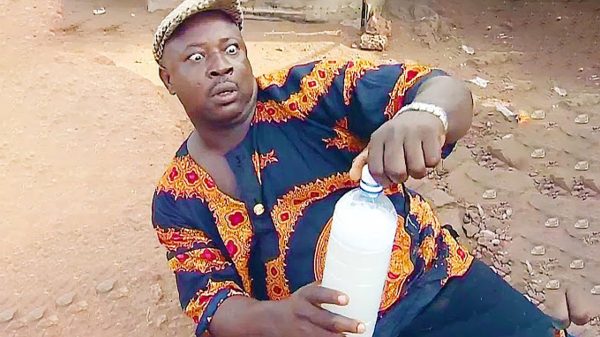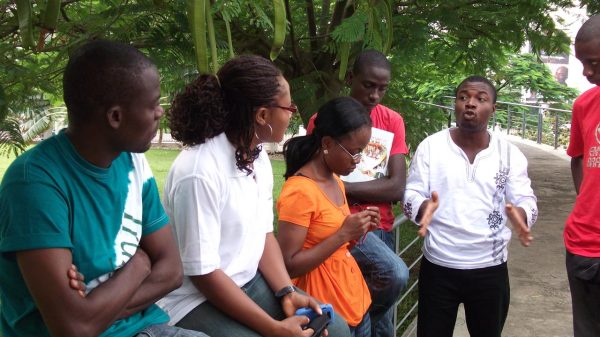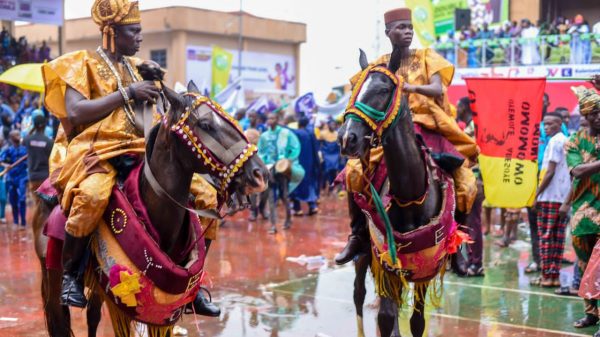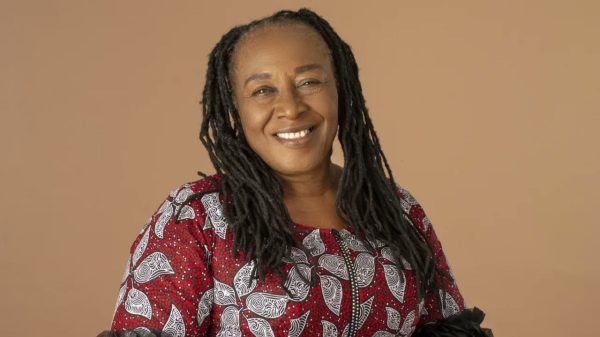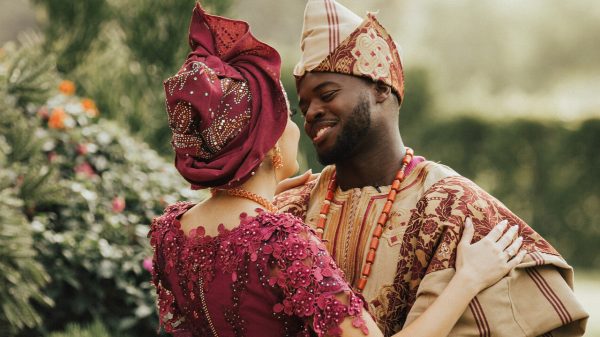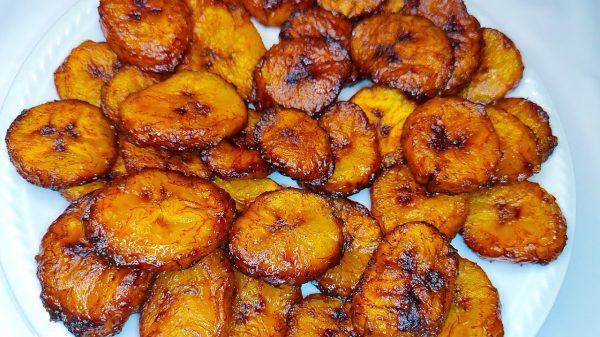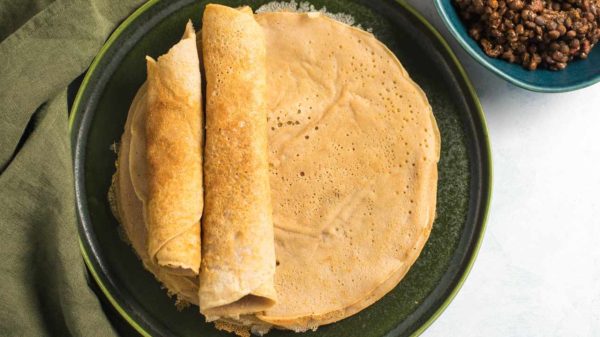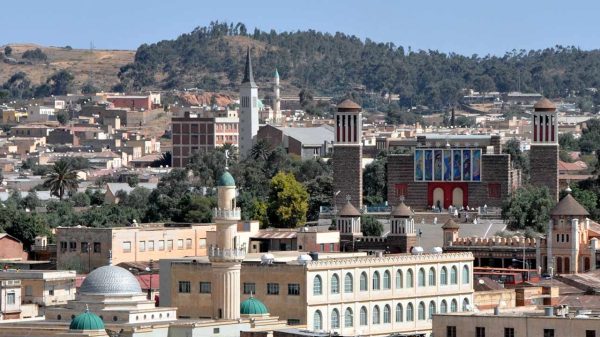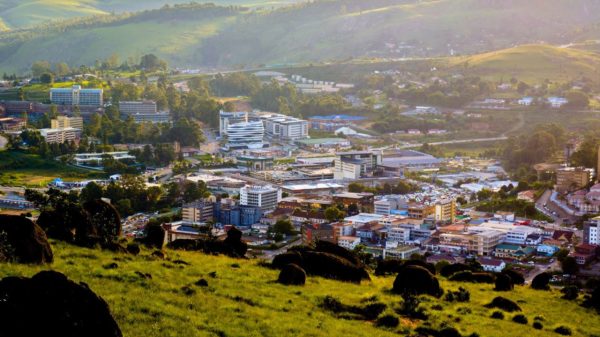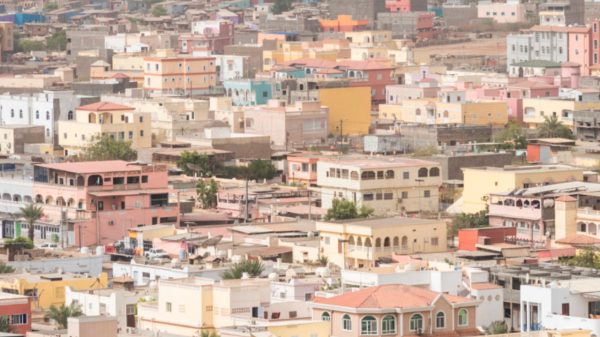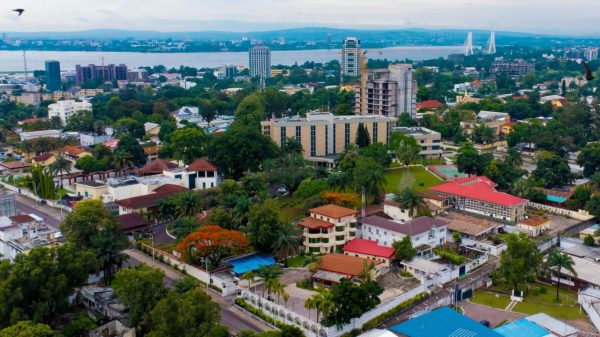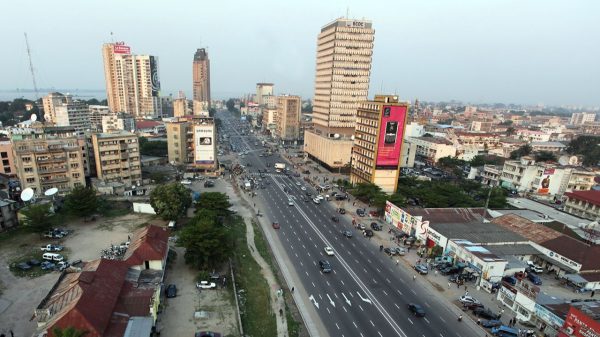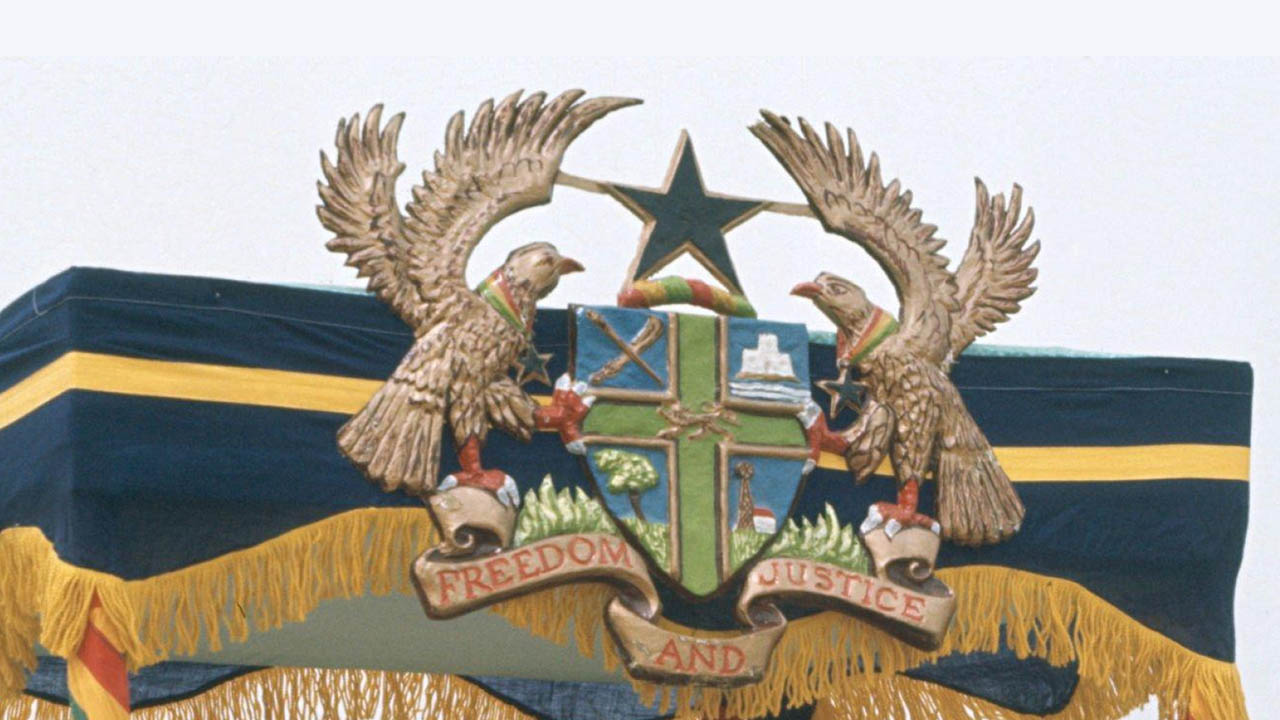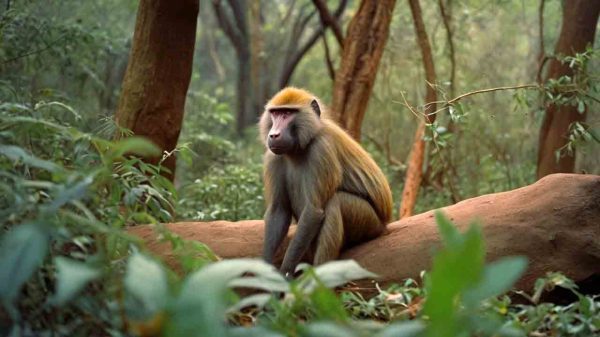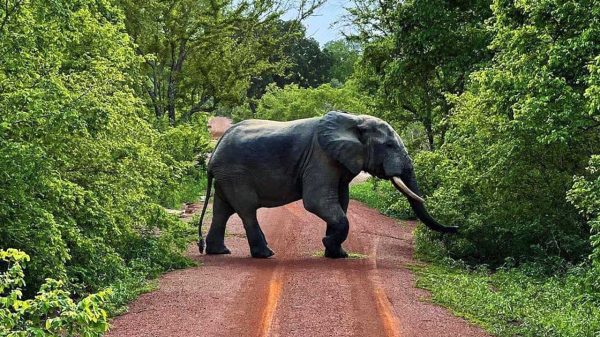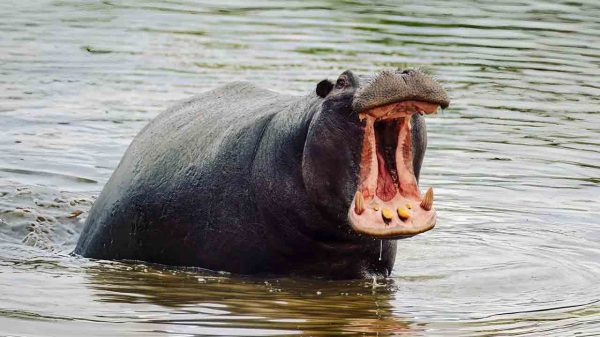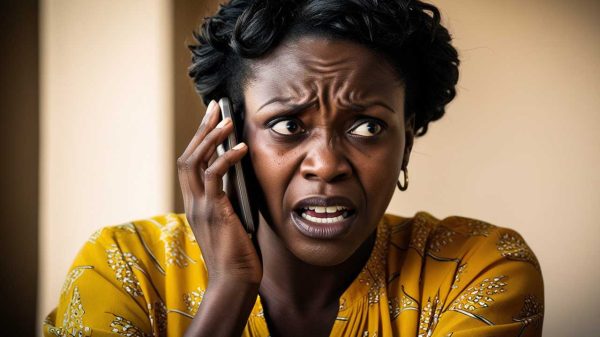Have you ever looked at Ghana’s Coat of Arms and wondered, “What do all these symbols mean?”
Well, you’re in the right place! Ghana’s Coat of Arms isn’t just a fancy design—it tells a powerful story about the country’s history, values, and hopes for the future. Let’s break it down together, piece by piece.
What is a Coat of Arms?
A Coat of Arms is like a national badge. Many countries have them, and they usually contain symbols that represent important parts of the nation’s identity. Think of it like a team logo, but instead of showing off your favorite football club, it represents an entire country!
Ghana’s Coat of Arms was designed by Mr. Nii Amon Kotei, a Ghanaian artist, and was officially adopted on March 4, 1957, just before Ghana gained independence from Britain. It has several parts, each with a deep meaning. Let’s take a closer look.
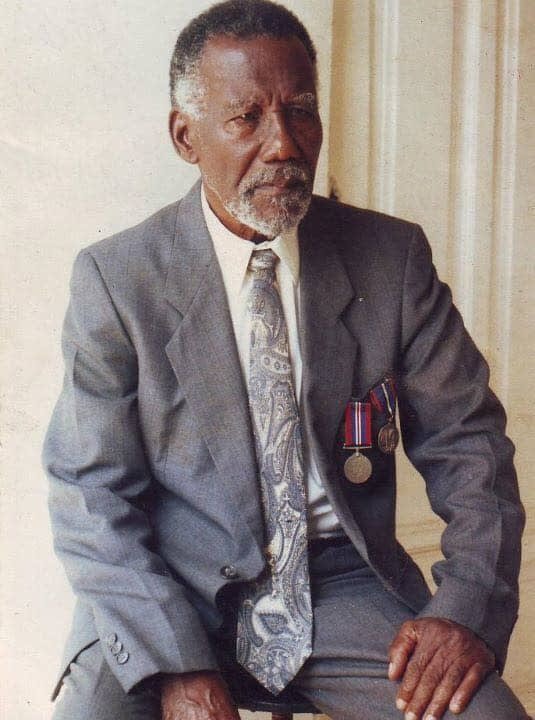
The Shield: The Heart of the Coat of Arms
At the center of Ghana’s Coat of Arms is a shield, divided into four quarters. Each section of this shield tells a different story about the country.
1. The Upper Left Quarter: Traditional Authority
In the top left corner, you’ll see a sword and a staff. The sword is used by chiefs, and the staff is carried by the okyeame (linguist), an important figure who speaks on behalf of the chief in traditional Akan culture. These symbols represent the strong traditional leadership and cultural heritage of Ghana.
Imagine going to an important ceremony where a chief sits under a big umbrella, surrounded by elders dressed in beautiful kente cloth. That’s the kind of authority this symbol represents.
2. The Upper Right Quarter: Government and Leadership
On the top right side, there’s a drawing of Osu Castle, sitting right by the sea. This castle, which served as the seat of government for many years, represents national leadership and governance.
Think of it as Ghana’s “White House” or “presidential palace.” It reminds everyone that the country is run by a government that makes decisions for the people.
3. The Lower Left Quarter: Agriculture & Cocoa
In the bottom left, there’s a cacao tree. Ghana is one of the world’s largest producers of cocoa, which is used to make chocolate. This tree symbolizes the country’s rich agricultural industry.
So, the next time you eat a chocolate bar, remember that Ghana plays a big role in making that treat possible!
4. The Lower Right Quarter: Natural Resources & Wealth
The bottom right section shows a gold mine. Ghana is known as the “Gold Coast” because of its vast deposits of gold. This symbol represents the country’s mineral wealth and natural resources.
Gold has been important to Ghana for centuries, from ancient kingdoms to modern-day trade. This part of the shield reminds everyone that Ghana is rich not just in culture, but in natural resources too!
The Golden Lion & the Commonwealth Connection
Right in the middle of the shield, there’s a golden lion standing on a green St. George’s Cross. This lion represents Ghana’s continued connection to the Commonwealth of Nations, a group of countries that were once part of the British Empire but now work together as independent states.
The lion is a traditional British symbol, and its presence on Ghana’s Coat of Arms shows the historical ties between Ghana and the United Kingdom, even after independence.
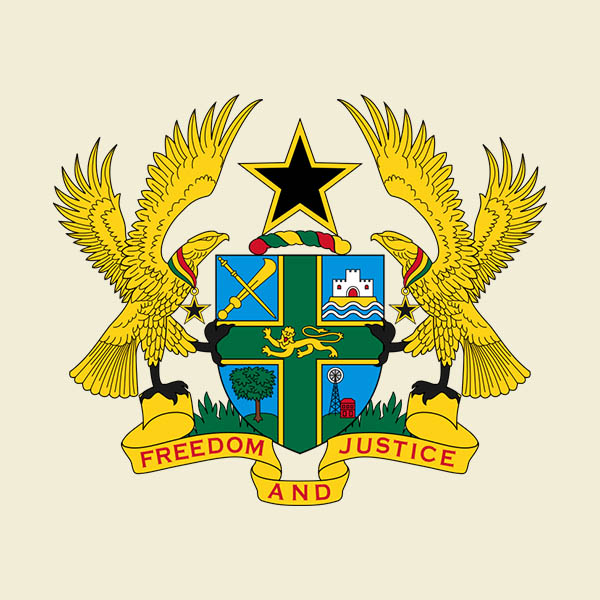
The Crest: The Black Star of Africa
At the very top of the Coat of Arms sits a bold black star with a golden outline. This is called the Black Star of Africa, and it is an important symbol of African freedom and unity.
Ghana was the first African country to gain independence from colonial rule in 1957, and this star represents the nation’s leadership in the fight for freedom. The black star is so significant that it’s also found on Ghana’s national flag and even in the name of the country’s football team, the Black Stars!
The Powerful Supporters: Golden Eagles
On either side of the shield, you’ll see two strong, golden Tawny eagles. These aren’t just any birds; they are symbols of strength, freedom, and protection.
If you look closely, you’ll notice that the eagles have a special medal around their necks. This is the Order of the Star of Ghana, Ghana’s highest national honor. It’s a way of saying that these eagles stand proudly for the country and everything it represents.
The Motto: “Freedom and Justice”
At the very bottom of the Coat of Arms, there’s a scroll with the words “Freedom and Justice” written on it. This is Ghana’s national motto, and it sums up what the country stands for.
- Freedom: Ghana was the first sub-Saharan African country to gain independence, and it values liberty for all its people.
- Justice: Ghana believes in fairness and equality under the law.
This motto is like a promise—a reminder that the nation is committed to upholding the rights of its people.
Why the Coat of Arms Matters
Now that we’ve broken down each part, you can see that Ghana’s Coat of Arms is much more than just a design. It tells a rich story of leadership, history, wealth, tradition, and national pride.
So, the next time you see it—whether on a government document, a passport, or a flag—you’ll know exactly what it means. And if someone asks, you can confidently explain it to them like an expert!
Ghana’s Coat of Arms isn’t just a national symbol; it’s a reminder of where the country comes from and where it’s headed. Now that you know the meaning behind it, doesn’t it feel even more powerful?
Subscribe to our Newsletter
Stay updated with the latest trends in African Pop Culture!

